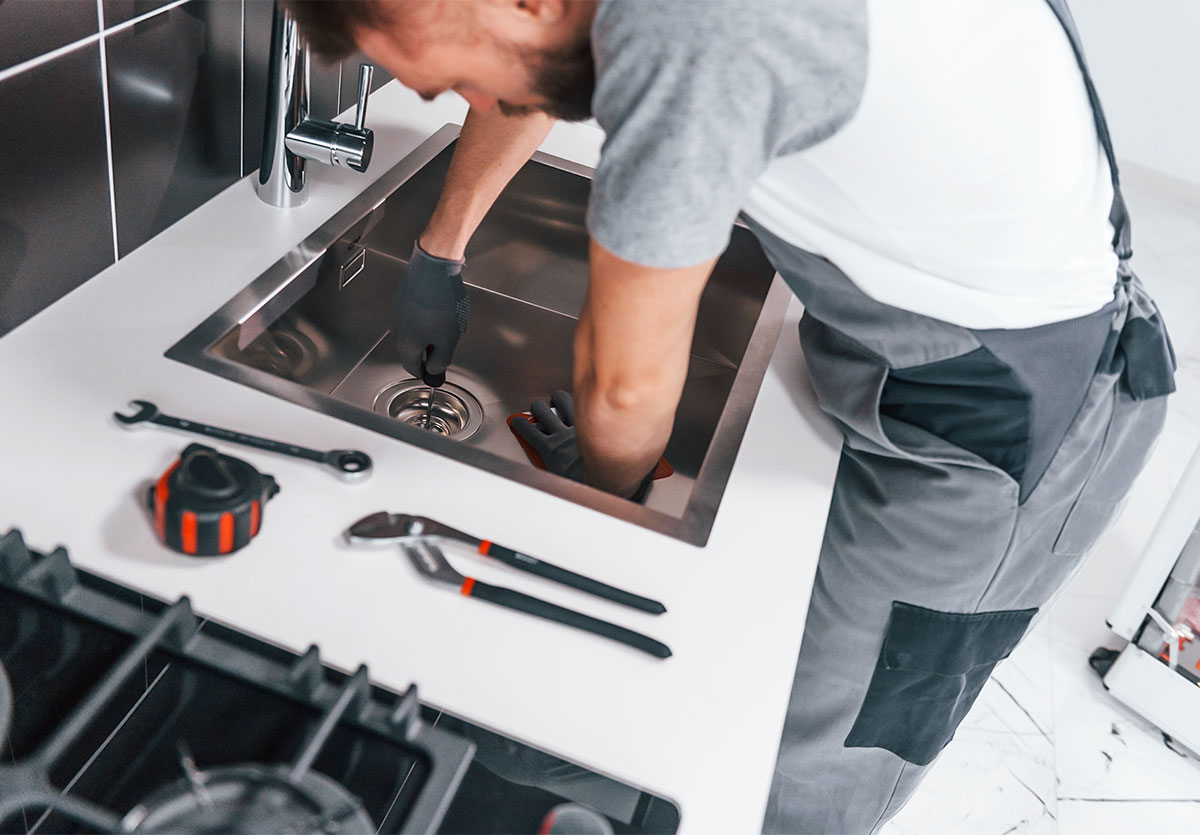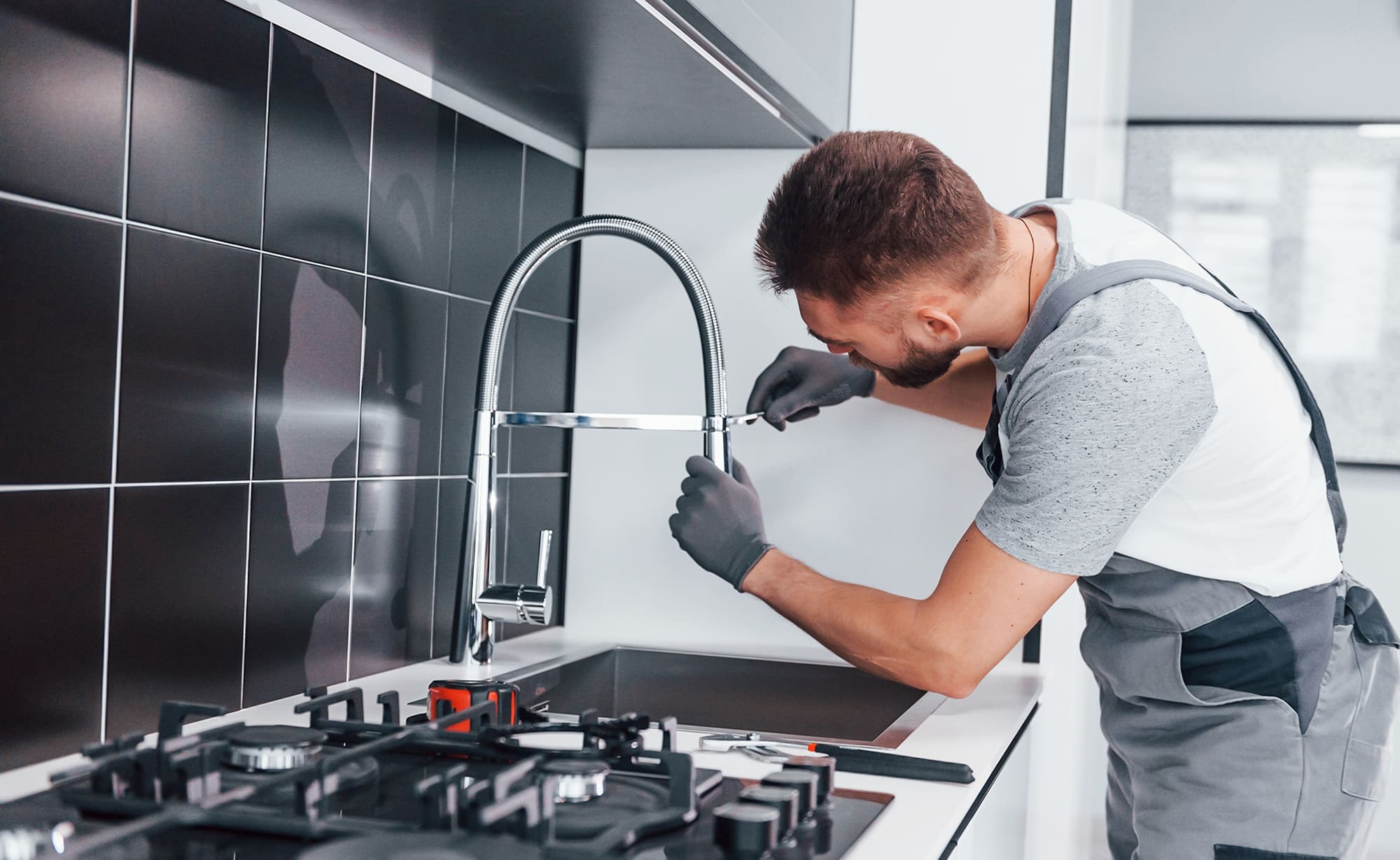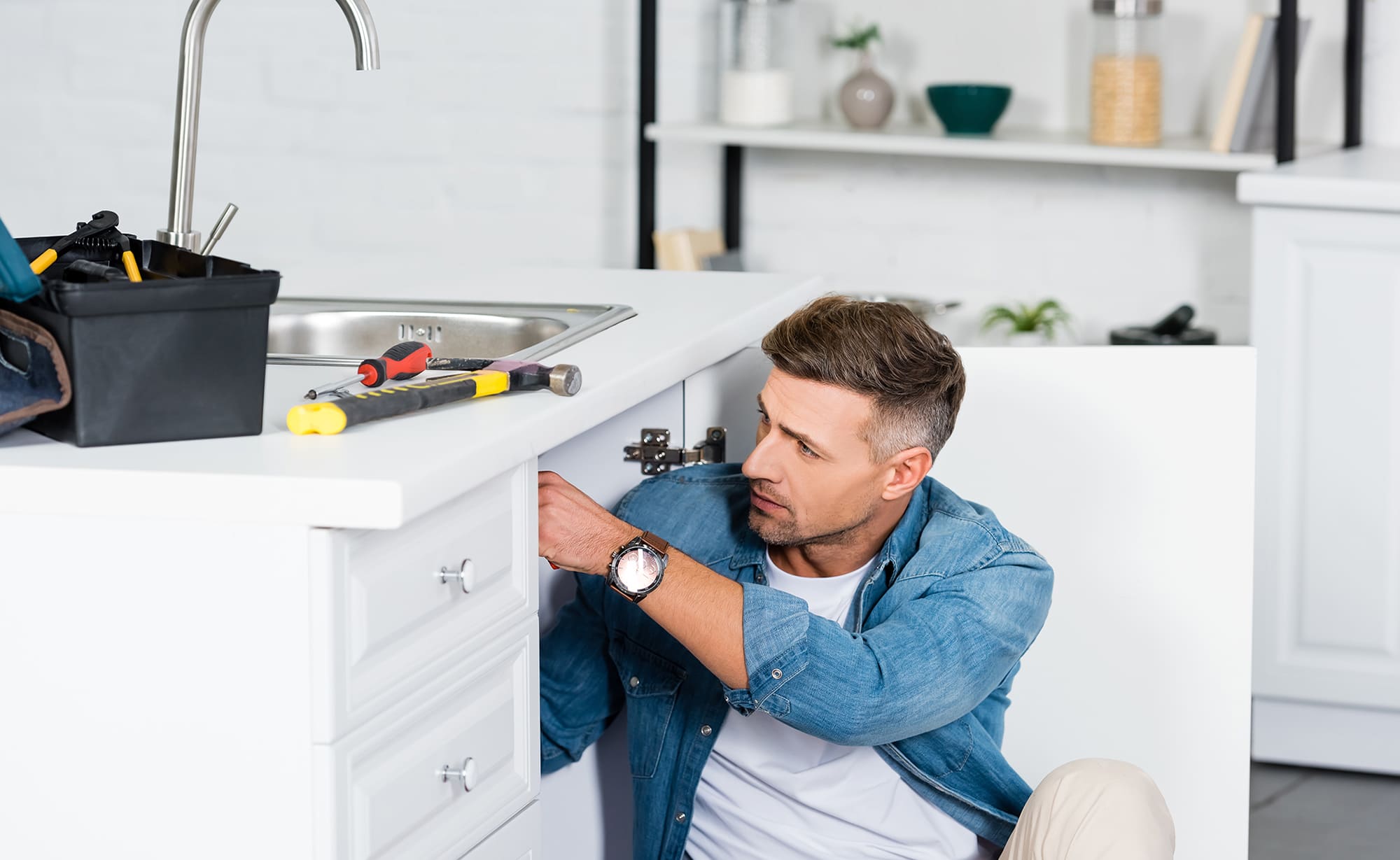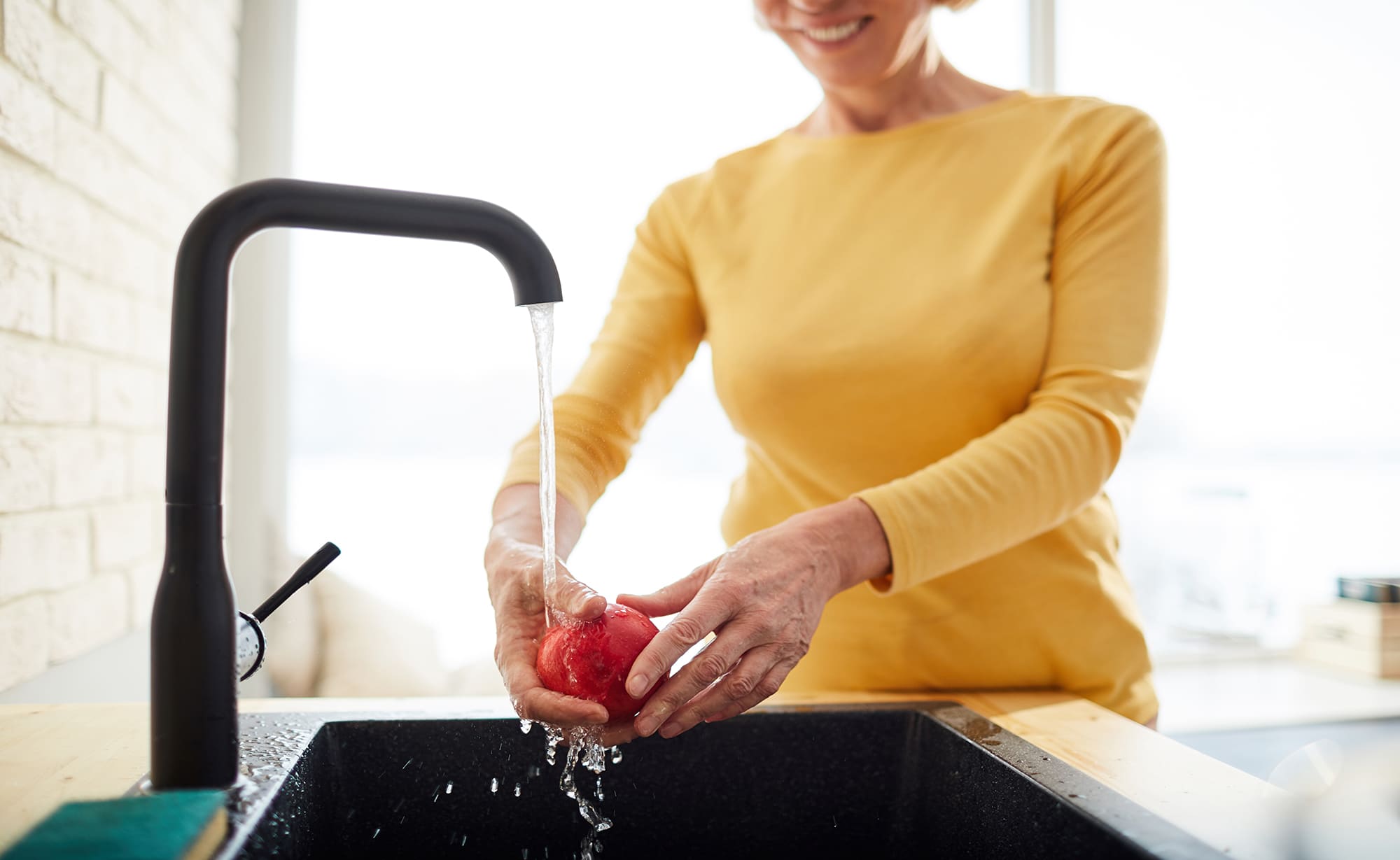People get so confused while replacing a sink. The main thing that complicates them is deciding a correct sequence to start and finish the work efficiently. Under the sink area, a lot of attachments such as water drainage area, water pipes, valves, hoses, and tap connector are present enough to make someone hectic to decide a smooth path.
This article has every solution to your complications. Let’s go through the following guide to easily replace a kitchen sink.
Now, understand carefully that for replacing a sink we follow the removal sequence:
- Tap
- Water supply pipes
- Wastage drains
- Sink seal
- Sink screws
The procedure to replace a kitchen sink follows three primary parts:
PART 1- Removing the old sink
PART 2- Installing the new sink
PART 3- Installing new attachments
Part-1 Remove The Old Sink
Removing a kitchen is not as simple as it sounds, but a good guide can light up the way. A new sink can be installed after getting rid of the older one.
The tools you will use to remove the kitchen sink are listed below.
- Adjustable wrench
- Spanner
- Screwdriver
- Chisel
- Knife
Turn Off The Water
To avoid the steady water flow while removing and fixing the attachments, you must first turn off the water supply pipes. Shut down the water valves linked to hoses
Empty The Work Area
We often place the number of bottles, detergents, empty cups and poly bags under the sink area. Though these items can be placed somewhere else, yet it is common in all homes, keeping some of our essential at the sink area.
Empty the whole cabinet so that you could directly work towards the water pipes and sink.
Remove The Tap
Open the Sink cabinet door, place a cloth on the floor to comfort your knees because you need to perform the task while bending them.
Remove the screws fixed at the base of the tap sink area. By the means, a rubber washer, O-ring, and plate can also be removed.
Put out the tap from the tap section and keep all the screws and tiny parts in a good place.
Detach The Attachments
Take an adjustable wrench and open the valve pipes and disconnect the connection built between the tap and the water lines.
If you have a waste trap installed on your sink, rotate the fitting and open it.
Remove The Seal
When you are all done with removing attachments of a sink, take the help of a chisel and a knife to smash the hard coatings.
The seal breaker aids in unbinding the seal and make it easy to take out the grout.
Perform this step with full care, we don’t want to damage or scratch the sink.
Take Out The Sink
After the separation of adhesive from the sink edges, take out the sink from the worktop. We recommend you use both hands while picking up the sink. Otherwise, take the help of a partner to easily grab the sink.
Clean The Edges
Clean the mess spread around the worktop surface. You can wash out the entire work surface, it’s a good time to do so because the countertop is empty.
You can restore the countertop if you want by using some DIYs. Wash out with warm water and baking soda to give a clean and glossy look to your kitchen worktop.
Part-2 Installing A New Sink
We are sure; you must have done part 1 accurately and confidently. Let’s take a step towards your dream fitting of a sink.
Tools you will use to install a new sink are given below
- Sandpaper
- Sealant
- Screws
- Screwdriver
- Grout
- Sink Attachments
Measure The Size
Measure the size of the old sink, and take the new one accurately as the same size. A little change in size can raise the problems of leaking.
Prepare The Grout
Mix cement with water and make a thin paste of grout. You can go with caulk if you want.
Fit The New Sink
Apply the caulk at a place of sink fitting, and join the sink to the worktop surface. When done with fixing caulk, wipe off the excess adhesive from the sink area.
Secure The Sink With Nails
Provide extra support to your sink by adding nails to it from the sink base by fixing nails at all four sides.
Part-3 Install Attachments
You must replace the damaged, clogged, and corrosive attachments while replacing a sink. Moreover, wash-out the attachments of the sink in boiling water to wipe away bacteria and old damaged layers.
Buy the new accessories if you want, it’s totally up to you.
- Avoid using a leaky and broken assembly; replace it with a new one.
- Fit the taps, water lines, valves, faucets and every little attachment carefully in the sink.
- Turn on the water supply to check all the fittings and repair the point if leakage occurs.



